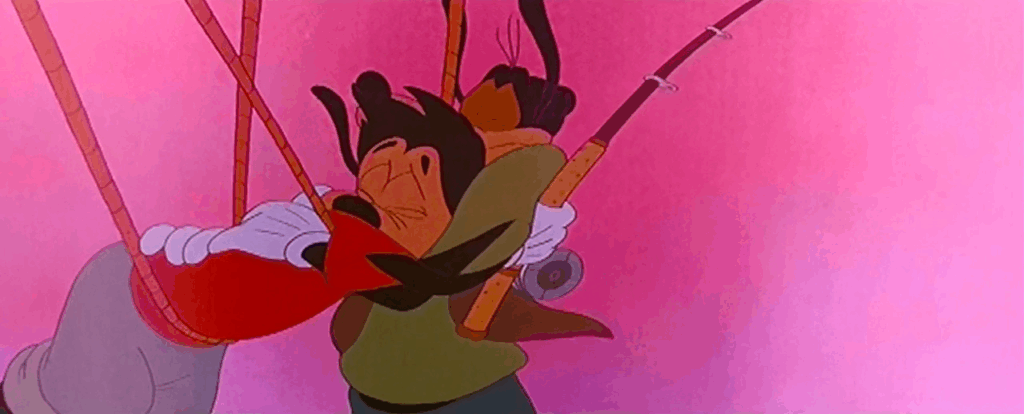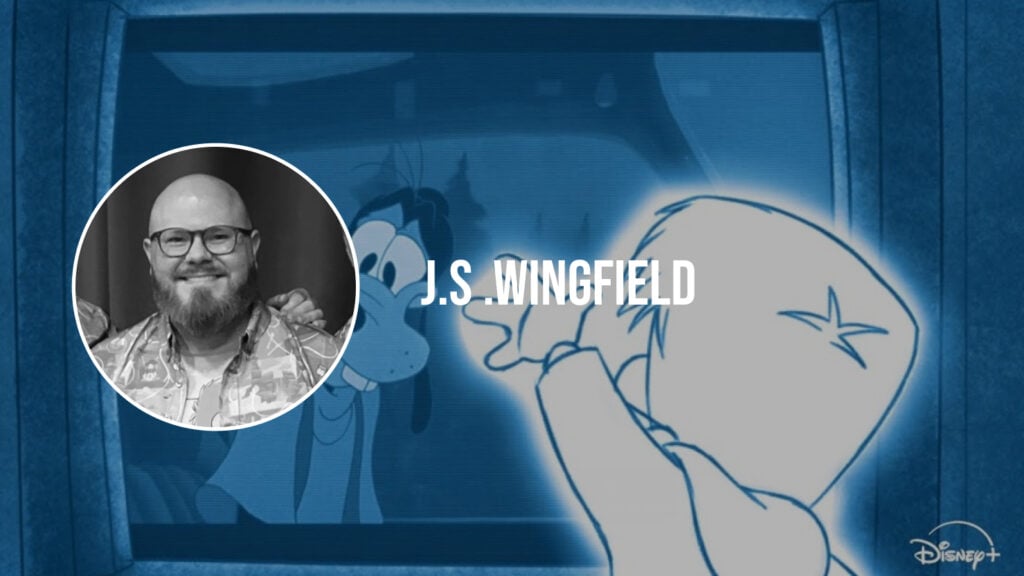When J.S. Wingfield and his team began work on Not Just a Goof, a heartfelt documentary celebrating the legacy of A Goofy Movie (1995), they knew they were stepping into sacred ground. With passionate fans, a nostalgic 90s aesthetic, and long-lost VHS tapes in the mix, this restoration wasn’t just about cleaning up old footage. It was about honouring memory, artistry, and cultural impact.
The project kicked off when Wingfield’s earlier restoration tests on A Goofy Movie caught the eye of its original director, Kevin Lima. That test footage set the stage for something more ambitious. When the team behind Not Just a Goof began assembling their tribute, Wingfield’s reputation for handling delicate, vintage formats made his team the natural choice for video and film restoration.

Resurrecting the 90s One Frame at a Time
The bulk of the material came from Lima’s personal VHS collection, tapes that hadn’t seen daylight since 1995. While Wingfield was no stranger to tricky formats, restoring 90s VHS content required care and nuance. Drawing on previous experience with projects like the Super Mario Bros. (1993) deleted sequences (restored for Umbrella Entertainment), he partnered with Reel Revival to transfer the tapes using a Domesday capture device. This allowed them to retain as much detail as possible before bringing the footage into the digital realm.
But from the start, the team made a bold choice: no artificial intelligence upscaling. Instead, everything was handled through traditional techniques and Filmworkz’s Phoenix software, using its powerful suite of DVOs to clean, stabilize, and elevate the material, without compromising its authenticity.
The Art and Ethics of Restoration
For Wingfield, restoration is as much about restraint as it is about enhancement.
“Our goal was to make the footage look its best while preserving its vintage quality,” he explains. “There was definitely a pressure felt – not only to get the main film coloured and edited on time for its release on the 30th Anniversary of the original film, but also to make the new and old interviews and film/vhs footage look harmonious.”
“As major fans of the 1995 film ourselves we felt like we would treat the film with the respect it deserved. It also helped that we had access to input from the original film’s director whenever we had questions.”
Inside the Phoenix Workflow
Phoenix proved essential to the process. Wingfield used it and the DVO’s for frame rate conversions, de-interlacing footage, upscaling, and preparing segments for final grading in DaVinci Resolve. One of the “Stand Out” moments? Restoring the alternate “waterfall” sequence from two different VHS sources, one with better image quality but covered in text overlays, the other a much lower quality but sans some of the text. By compositing picture information from both, they created a seamless 4K version, complete with subtle effects to mimic a film projection and sunset lighting.

“We even added an animated golden glow to the wall,” says Wingfield, “to replicate that moment in the original film when the sun begins to set. It’s those small touches that make a big difference.”
Challenges, Tracking Lines, and Timecode Scars
Not all footage played nicely. News segments taped from over-the-air broadcasts posed some of the biggest challenges. With poor signal quality and no access to better copies, the team had to carefully reduce noise without introducing smearing or blur. Another tough call came with the iconic “I2I” live-action reference footage, where two subpar sources had to be carefully weighed and combined or, in the end, not combined.
“We composited a widescreen version of two tapes (chroma from one tape + luma from the other) to remove timecode and the matte line guides, but the directors felt the tighter widescreen framing and softer look to the footage wasn’t retaining a “behind-the-scenes” feel,” Wingfield says. “So, we ended up utilizing the single open-matte tape, complete with tracking issues and timecode to retain that feel at their request.”
Adding Texture to a New Animation
It wasn’t all VHS, though. New hand-drawn animated segments by Venturia Animation also needed to blend seamlessly with the original film’s look.
“Restoration can become revisionism if you aren’t cautious. Our goal is to go after the original artistic intent. We’ve been lucky to be able to have the original film directors as resources on several of our projects so far – Rocky Morton & Annabel Jankel for Super Mario Bros (93) and Kevin Lima for A Goofy Movie – that way we can ask them exactly what it is that they prefer.”
Why Film Restoration Matters
For Wingfield, this kind of work is deeply personal. He and his team are passionate about restoring films in a way that respects their original form, whether it’s Disney nostalgia or obscure international cinema.
“There’s nothing more satisfying than helping an audience reconnect with a film that shaped their childhood,” he says. “To present it with the care and clarity it deserves, it’s incredibly rewarding.”
That ethos carries over into other current projects, including a full restoration of the 1981 Wuxia film Thrilling Bloody Sword, reconstructed from its original Techniscope negatives. Even without original audio masters, the team is piecing together the most complete version possible using rare source material.
A Passion for Process, and Performance
Wingfield came to Phoenix after years of using tools like Diamant and Resolve but quickly grew fond of Filmworkz’s DVO Dry Clean for its ability to tackle dirt and flicker without harming detail. Outside the studio, he’s even directed musical theatre and dabbled in acting, though he jokes, “just don’t ask me to dance – I’m terrible.”
His advice for aspiring restorers? “Dive in. Start working on footage you love. The restoration community is filled with passionate people who care deeply about cinema.”


